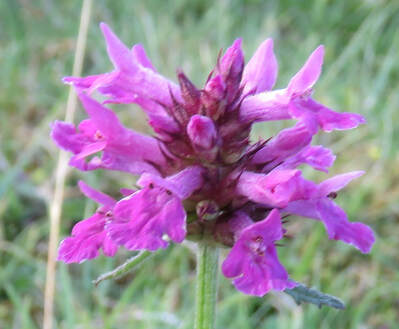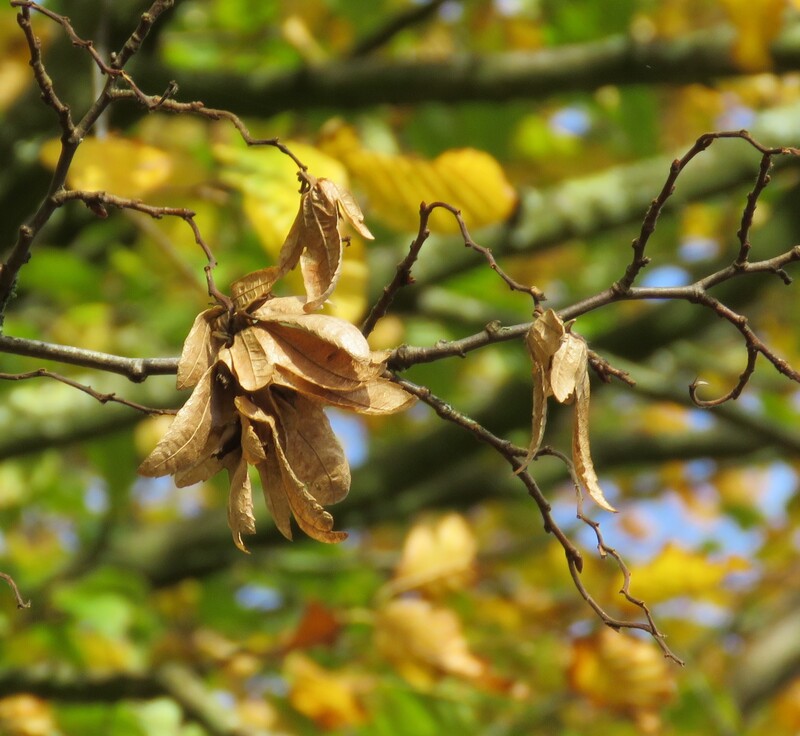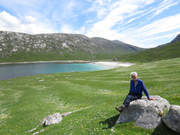 Fresh flowers after late June downpours: betony
Fresh flowers after late June downpours: betony In early spring, I listened to a stonechat singing and his display flight won him a mate.. Through the season I've followed their progress. Alarm calls alert me to their presence and I always stop to see what I might discover. And on a morning of louring cloud with interludes when the sun broke through, here they were with their brood. I knew they were raising a family but this was my first glimpse.
Learning flight is full of hazards for fledglings. There were many small birds moving through the scrub and fledglings do not yet have the distinctive plumage of their parents. So I was surprised to find (amongst my photographs) a linnet with a fledgling caught at the split-second of crash landing, Squashed shapeless and clinging on, it looks stunned, recovering through a sequence of images, lifting its head and sitting upright, taking a tiny flight to come close to the adult male linnet. Somewhere secret in the bushes, the linnet family is taking flying lessons. I had been listening to redpoll so linnet was a surprise.
It's a motif of the season, adult birds and their fledglings venturing into the wider world. And as the breeding season comes to a close there are gathering flocks of small birds. Being a nestling is not unlike lockdown. The nest is a safe place, your parents find food and bring it to you. Fledging brings the freedom to venture forth but the wide world is full of danger
. For us, seeing this sudden eruption of the new generation of birds is exciting.
The last week in June was exceptionally wet and the flora of Helsington Barrows is a delight. Yellow flowers of Lady's bedstraw has a lovely fragrance and it is a motif of the season. Purple flowers of betony appear.
As we sat amongst the anthills on Helsington Barrows the sun warmed the fragrant herb layer and brought forth butterflies: fritillary, meadow brown, small white, tortoishell and six-spot burnet moth. The sound of grasshoppers filled the air. A fritillary vanished into a juniper bush and, seeing a slight movement, I found not the butterfly but a grasshopper.
'Wednesday was a day of quiet, still weather, but this was not reflected in the behaviour of the birds. Great comings and goings, chattering, and occasional disputing, kept us entranced and sometimes not knowing which way to look. Small flocks took to the air, individual birds dived and swooped, too fast for me to identify, but occasionally a stonechat would perch, making sure he was visible on a bare branch, announcing his presence. It was an experience that really took one ‘outside of oneself’, watching a world of creatures other than ourselves, who yet inhabit this same world, going about their lives, aware of us I’m sure, but generally unconcerned at our presence. It was an experience made all the more special by the presence of someone to share it with, illuminate it, and add the knowledge acquired over many years and so generously shared.'
Rona Wilson

























 RSS Feed
RSS Feed